What is a museum? Often, we construe the meaning of a museum as a physical, tangible space exhibiting ‘old’ objects of culture. However, museums today are everything beyond the four-walled boundaries and the glass display of artifacts. They represent ideas, emotions, memories, and identities of our past and present.
A few years ago, a primary museum experience would have been a typical visual encounter. But a museum today has become a sensory engagement between an individual and object stories. Many museums, archives, and cultural institutions are breaking the boundaries that were inclined towards a traditional set of stakeholders. Focus has shifted from the linear process of collecting-curating-exhibiting to a wider lens of engagement-storytelling-relevancy. The pandemic made the museum world rethink its engagement strategies, forcing it to embrace the flow of the changing world, and with it, a changing audience. It pushed them to reach out to communities beyond their formal set through unconventional means. Opening up new, refreshing ways of re-defining the established museum praxis, we have started questioning the idea of a museum itself.
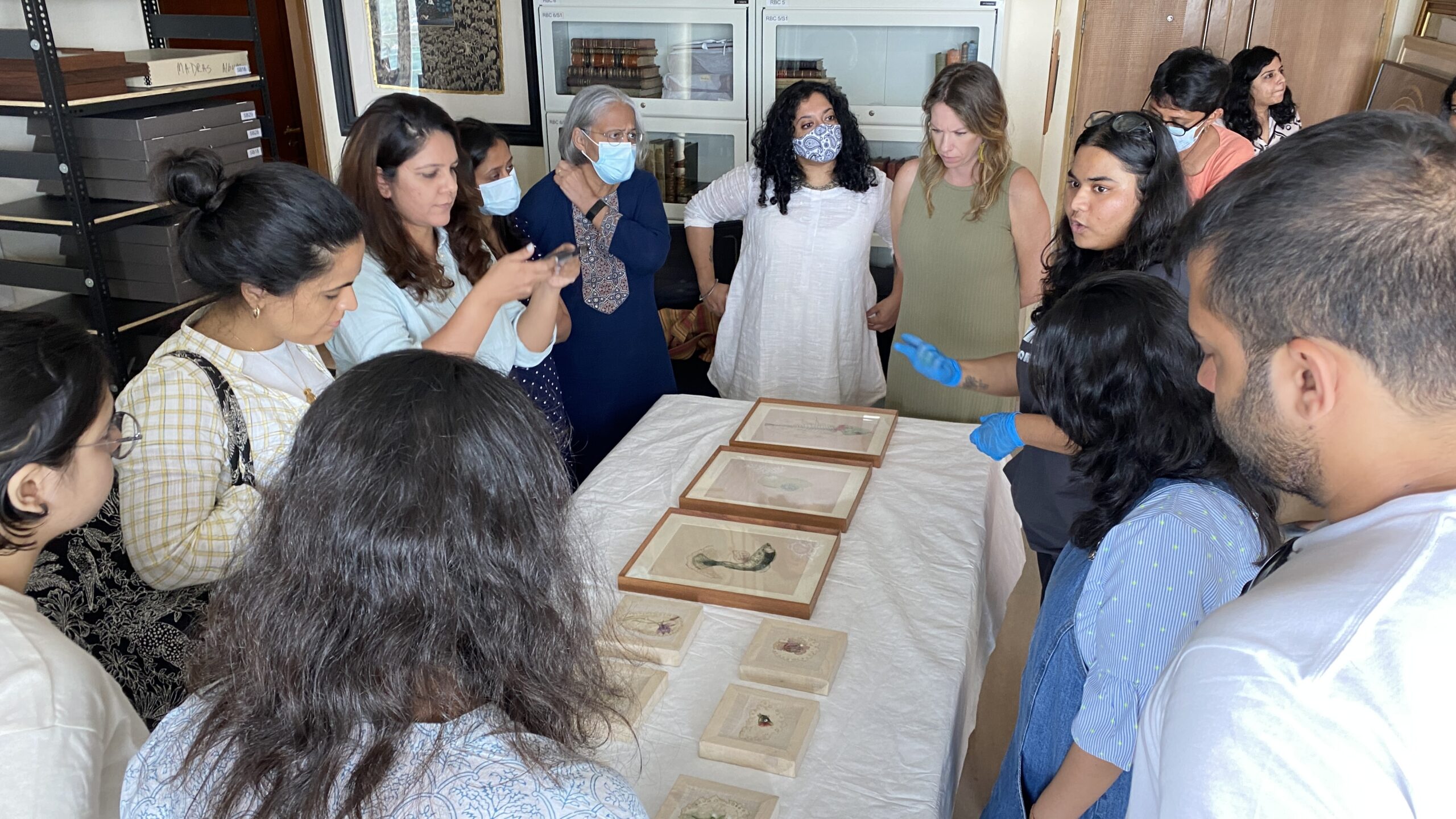 Saturdays at Sarmaya, August 2022, © Sarmaya Arts Foundation
Saturdays at Sarmaya, August 2022, © Sarmaya Arts Foundation
Today, looking at museums and archives worldwide, it is evident that the nucleus of a museum is beyond space and time. For example, archives founded by private collections are now striving toward public visibility, creating new definitions of museums and storytelling. They have taken cognizance of the part played by a spectator in making these collections more accessible and inclusive – digitally and in person. With the help of social media and technology, new audiences are reached, and creative collaborations explored. A museum is now where you go to be challenged, inspired, and informed. Or, like Sarmaya, it is a museum that comes to you.
Sarmaya Arts Foundation was founded in 2015 by Paul Abraham, a Bombay-based banker. Sarmaya in Urdu means ‘collective wealth’. It is a digital museum with a physical archive defining itself as a museum without boundaries. The organization has a number of programmes whose aim is to transcend the boundaries of time, space and access. Below, we detail a few of these.
Ways of Seeing
Exhibitions
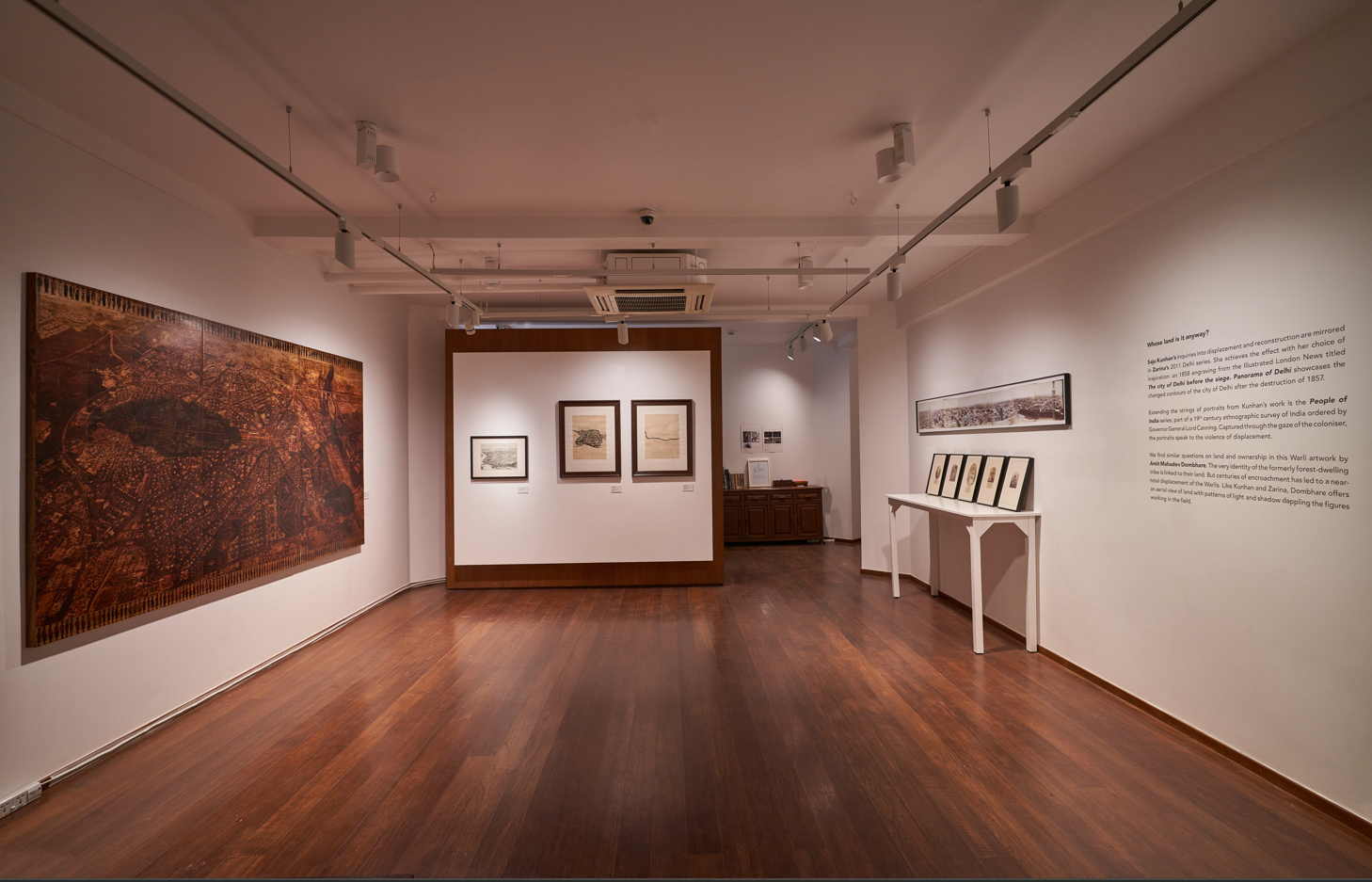 Installation shot, Shifting Selves: Between meaning, mythology, and mirage, August 2021, © Sarmaya Arts Foundation
Installation shot, Shifting Selves: Between meaning, mythology, and mirage, August 2021, © Sarmaya Arts Foundation
How does a museum transcend the conventional boundaries of exhibitions? By moving away from the siloed approach. In 2021, Sarmaya collaborated with TARQ – a contemporary art gallery based in Mumbai – for Shifting Selves: Between meaning, mythology, and mirage. This exhibition took the Sarmaya collection to a new space, and new audiences. The curation highlighted the role of collaboration between gallerists and collectors in building meaningful collections. But most importantly, it brought together different techniques, mediums, epochs, and artist testimonies to provoke questions on identity and belonging.
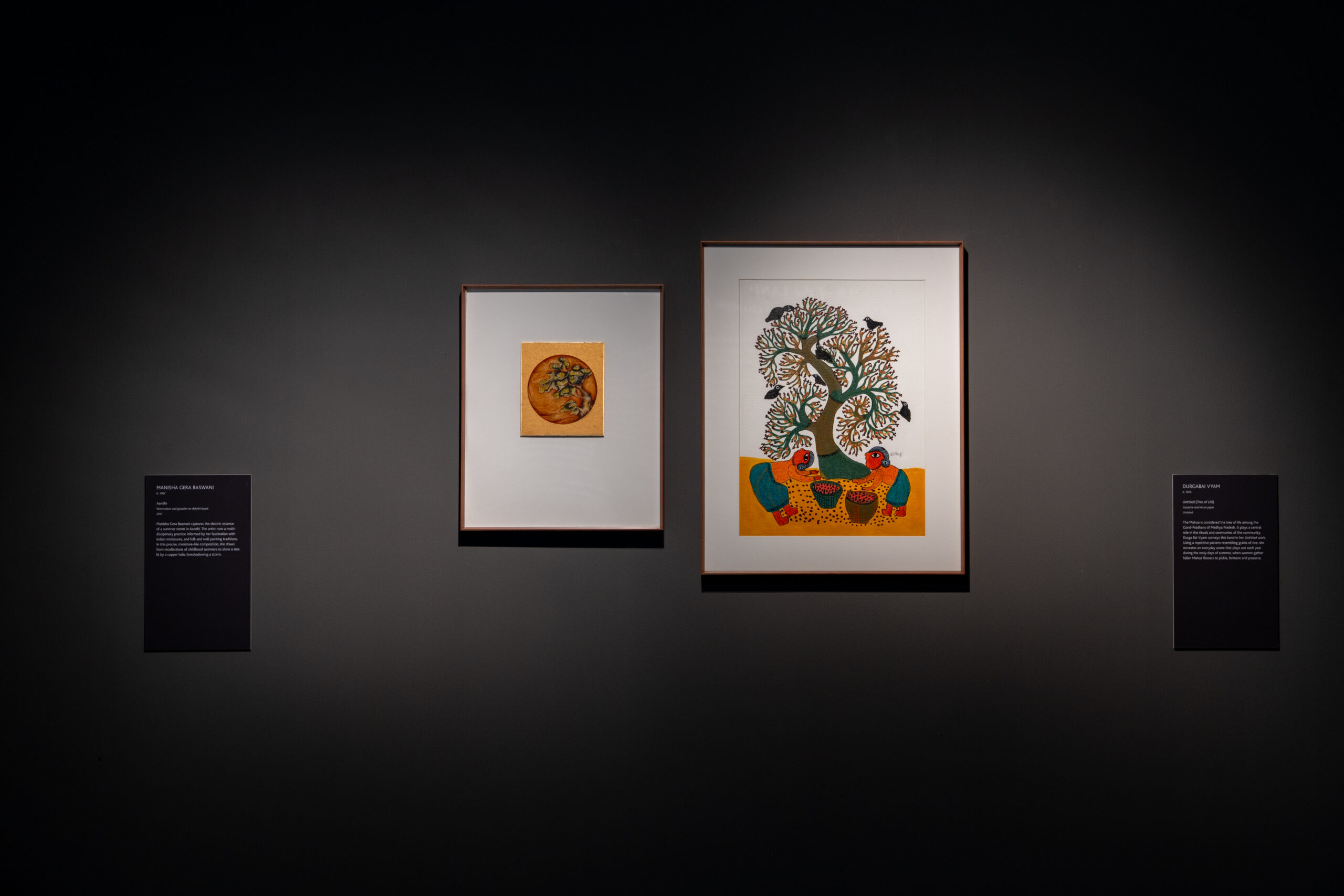 Installation shot, Echoes of the Land: Art bears witness to a changing planet, November 2022, © Sarmaya Arts Foundation
Installation shot, Echoes of the Land: Art bears witness to a changing planet, November 2022, © Sarmaya Arts Foundation
In 2022 we collaborated with Ojas Art in Delhi for Echoes of the Land: Art bears witness to a changing planet. It explored our human connection to the earth in the Age of the Anthropocene through art, specifically indigenous Indian art. Blurring the boundaries of what is presented as ‘Contemporary’ in art spaces. We engaged in contemporary conversations about issues like climate change and sustainability through the idioms of artforms like Gond, Warli, and Mata-ni-Pachedi.
Saturdays at Sarmaya
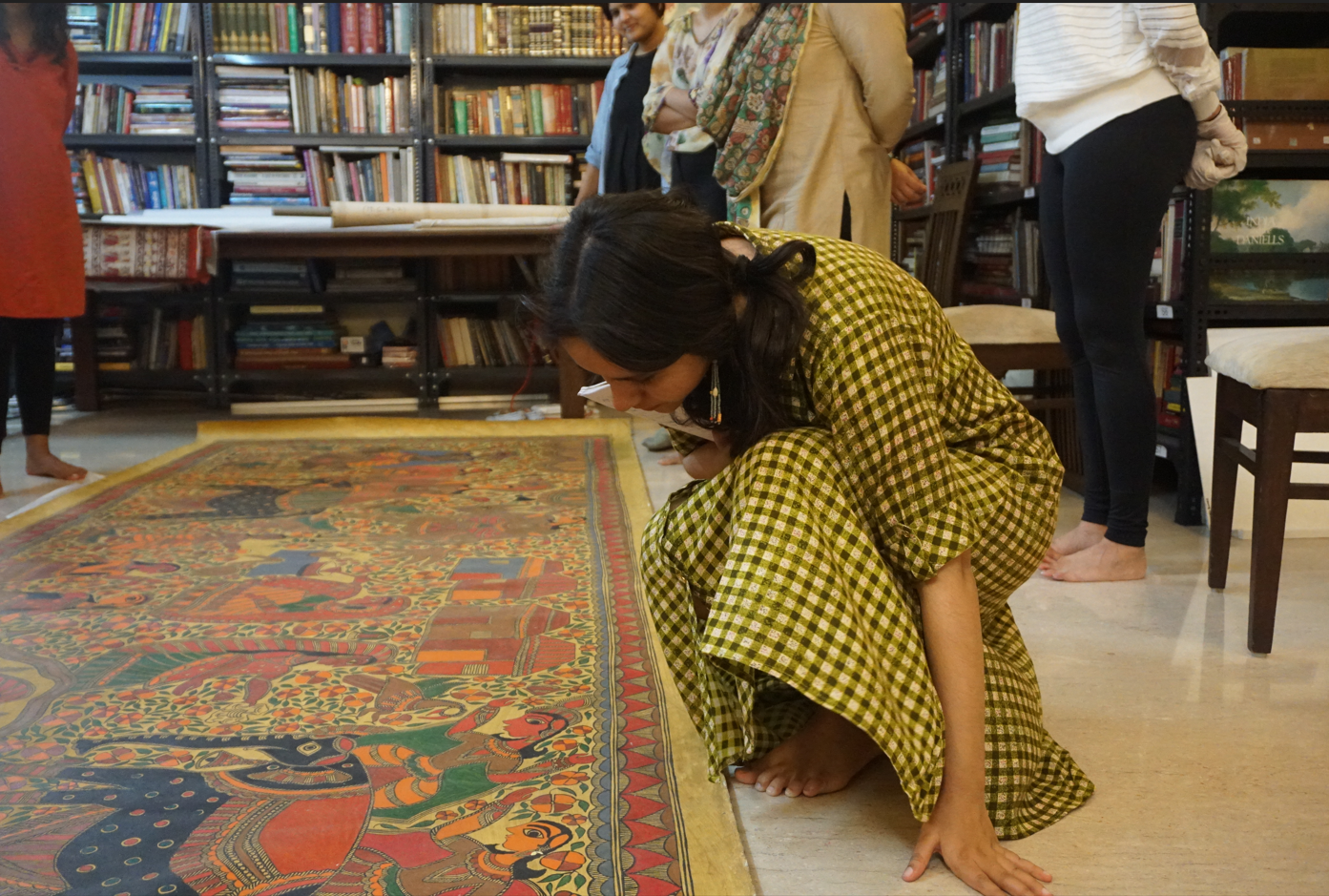 Saturdays at Sarmaya, 2019, © Sarmaya Arts Foundation
Saturdays at Sarmaya, 2019, © Sarmaya Arts Foundation
The lack of a gallery space hasn’t kept us from inviting curious minds to experience object stories first-hand at the archive. Saturdays at Sarmaya are specially curated storytelling sessions for art and history enthusiasts. It is an exclusive BTS (Behind The Scenes) sensory experience that opens up questions about the art of collecting, artist practices, and bridging the gap between the past and present. All of this, without the boundary of a glass display separating you from the objects.
Sarmaya Social
36 days of Type
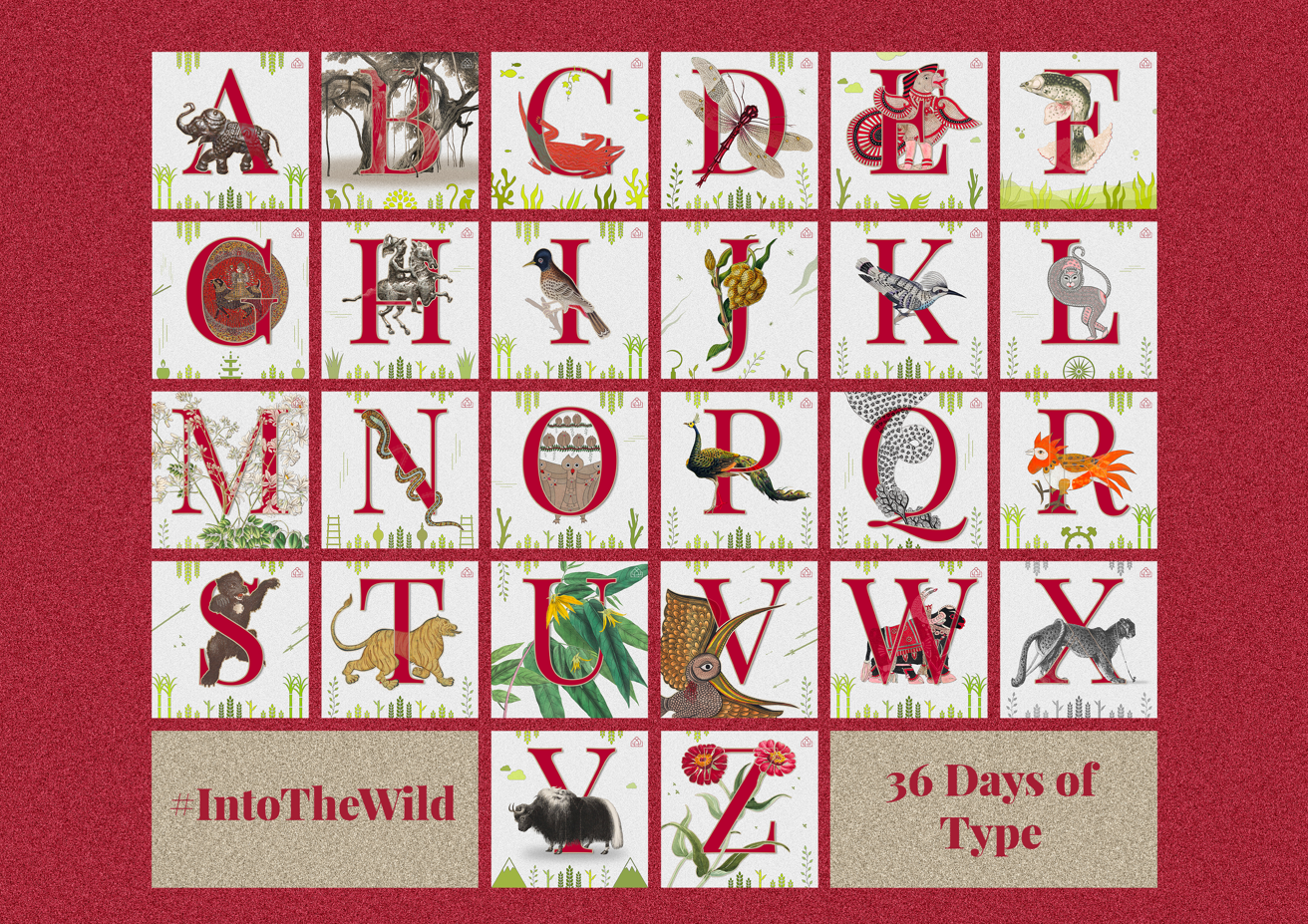 36 Days of Type Grid © Sarmaya Arts Foundation
36 Days of Type Grid © Sarmaya Arts Foundation
#36daysoftype is an Instagram design initiative where visual artists worldwide experiment with letterforms. Sarmaya first participated in 2018 to explore stories in the collection through creative juxtaposition with alphabet fonts. Over the years, it transformed into a forum for discussion, artistic creation, and collaboration. In the 2022 edition, we created an in-house contemporary karkhana, hand-painting the alphabet on prints of rare 19th century photographs from our archive. This year witnessed an exciting collaboration between Sarmaya and Sanctuary Asia. Our series titled Into The Wild explored the biodiversity of the Subcontinent through objects of art & history complemented with wildlife photographs from the Sanctuary Asia archives.
Re-Imagine
Objects of various categories often sit next to each other at our archive. But how do they talk to each other? Our first ‘Re-Imagine’ was launched on Instagram in 2021. We looked at our collection and unleashed our imagination, creating whimsical associations across time, space, and context with a sprinkle of visual deliciousness. In the consecutive editions, Re-imagine transformed into a space for experimentation of narratives, ideas, and styles. We invited contemporary artists and opened our archive for them to engage with objects in their unique practices. This way, museum objects traveled virtually from Kabul to Madurai and calligraphy to embroidery, creating new stories along the way.
Whether it’s telling stories through a gif or an exhibition, Sarmaya attempts to be unrestricted by the traditional boundaries of space, time, and accessibility – embracing the definition of a modern new museum.
Author Bio
Diksha Ahire is the Collections and Research Associate at Sarmaya Arts Foundation. She supports the care, access, and organization of the Sarmaya Collection while contributing to the research and development of various curatorial projects and exhibitions. As a Museum & Arts Professional, her interest lies in studying iconologies in Visual Culture, making museum collections accessible, and creating representations of marginalized histories. Trained as an Archeologist from Deccan College Post Graduate and Research Institute, Diksha has previously worked with Dr. Bhau Daji Lad Museum and Cipla Archives, engaging with digitization processes, education, and oral histories.







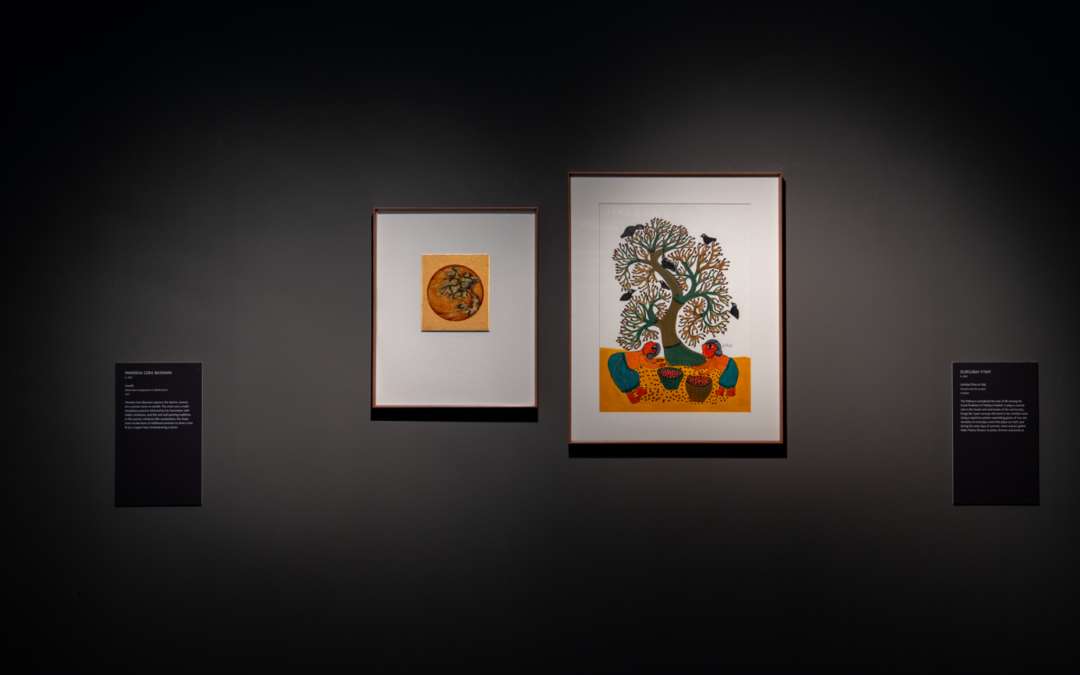
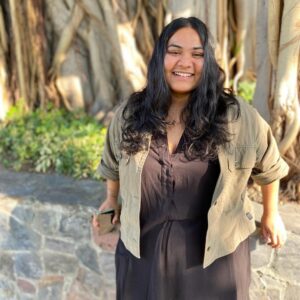
Recent Comments